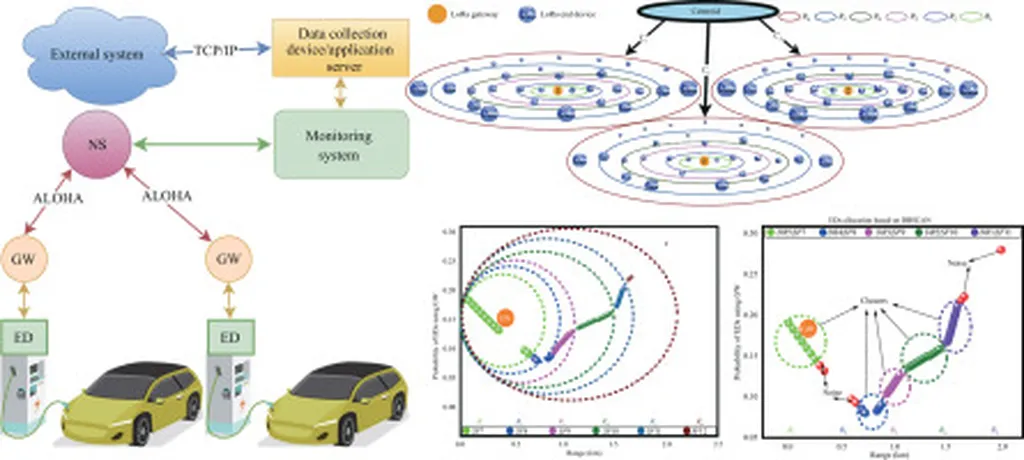In the rapidly expanding world of the Internet of Things (IoT), efficient communication networks are the backbone that keeps everything connected. Among the various IoT communication technologies, LoRaWAN (Long Range Wide Area Network) has gained significant traction due to its long-range, low-power, and cost-effective capabilities. However, the proliferation of IoT devices has intensified the challenge of efficient resource management, particularly in spreading factor (SF) allocation for LoRaWAN networks. A recent study published in *Frontiers in Computer Science* (which translates to *Frontiers in Computing Science*) offers a promising solution to this challenge, with potential implications for the energy sector and beyond.
The research, led by Farhan Nisar from the Department of Physical & Numerical Science at Qurtaba University & IT in Peshawar, Pakistan, introduces a Machine Learning-based Adaptive Data Rate (ML-ADR) approach for SF management. This innovative method leverages a Long Short-Term Memory (LSTM) network to optimize SF allocation, leading to improved packet delivery ratios and reduced energy consumption.
“The rapid growth of IoT devices has created a pressing need for efficient resource management in LoRaWAN networks,” Nisar explained. “Our ML-ADR approach addresses this need by using machine learning to optimize the spreading factor, which is a critical parameter in LoRaWAN communication.”
The study involved training an LSTM network on a dataset generated using the ns-3 simulator for optimal SF classification. The pre-trained LSTM model was then utilized on the end-device side for efficient SF allocation with newly generated data during simulation. The results demonstrated significant improvements in packet delivery ratios and reduced energy consumption, which could have substantial commercial impacts, particularly in the energy sector.
“By optimizing the spreading factor, we can enhance the overall efficiency of LoRaWAN networks,” Nisar said. “This can lead to better performance, lower energy consumption, and ultimately, cost savings for businesses and consumers alike.”
The implications of this research extend beyond the energy sector. As IoT devices continue to proliferate, efficient resource management will become increasingly important. The ML-ADR approach proposed by Nisar and his team could pave the way for more efficient and sustainable IoT networks, shaping the future of communication in various industries.
“This research is a significant step forward in the field of IoT communication,” Nisar noted. “It demonstrates the potential of machine learning to optimize network performance and reduce energy consumption, which are critical challenges in the era of IoT.”
As the world becomes increasingly connected, the need for efficient and sustainable communication networks will only grow. The ML-ADR approach proposed by Nisar and his team offers a promising solution to these challenges, with potential implications for the energy sector and beyond. With further research and development, this innovative method could help shape the future of IoT communication, paving the way for a more connected and sustainable world.

